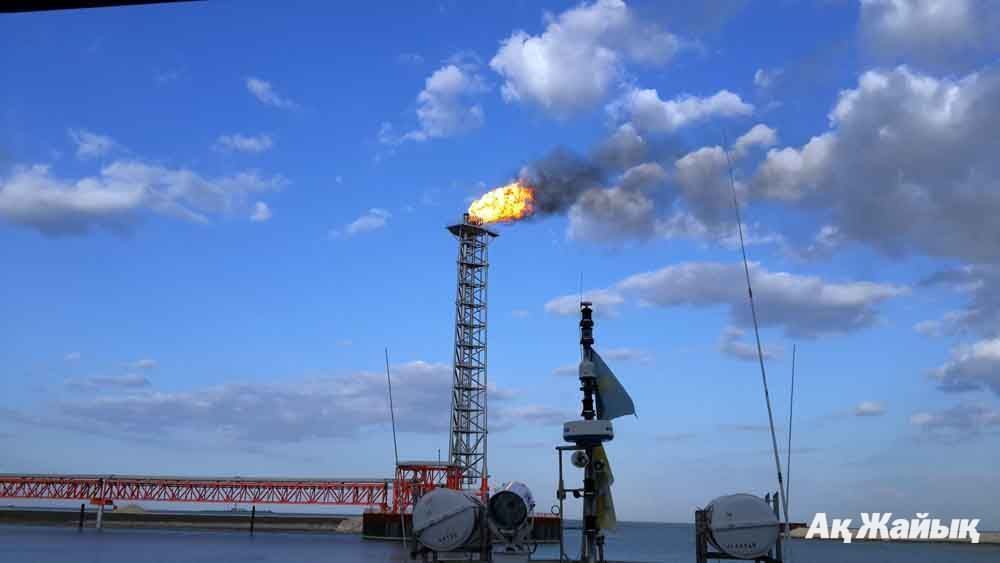By Saule Tasboulatova
 Hearings are ongoing at Atyrau economic court with regards to the appeal filed by NCOC consortium against the instruction of the regional ecology department about payment for damage based on audits carried out after gas pipeline leaks (see “Consortium faces ecological penalty amounting to 134bn tenge”).
Hearings are ongoing at Atyrau economic court with regards to the appeal filed by NCOC consortium against the instruction of the regional ecology department about payment for damage based on audits carried out after gas pipeline leaks (see “Consortium faces ecological penalty amounting to 134bn tenge”).
Calculations showed that nearly 2,8mln cubes of sour gas was flared as the result of several leaks at Bolashak processing facility. In accordance with RoK Code “On Administrative Offences” the administrative proceedings have been initiated. The final hearings are set for April 28.
To recall, the first leakage of high-sulfurous gas from on-shore section of gas pipeline (located 2,5 km from Bolashak facility) was identified on September 24, 2013. On that day about 700 thousand cubes of sour gas was flared. Environmental monitoring stations (located within 7 km from the plant) detected that maximum permissible concentration of H2S in the air was exceeded by 40 times on September 24 during the period from 06:00 till 06:20hrs.
On October 9, after re-start of production and transportation of crude through pipelines the second leak took place, which also led to flaring of considerable amounts of sour gas.
After repairs the damaged gas pipeline was filled with fuel gas for detection of possible defects on other areas of gas pipeline. As the result of this 4 more leaks have been discovered on the weld joints.
Even after the initial inspection of pipes 32 cracks have been were revealed. The editorial office has at its disposal the copy of the Inspection Statement where it is specified: “… out of 32 identified cracks 29 of them were found welded joints that indicates the irresponsible and malicious negligence allowed by contractors during construction activities”.
The construction of gas pipeline was started on August 11, 2005 and completed on May 25, 2012. The total length of pipeline is 95 km (66 km - under the seabed and 29 km on land). The general contractor was Saipem SpA.
Also the Inspection Statement pays attention to the following: “According to the conclusion of the state ecological expertise under the RoK Ministry of Environmental Protection dated 22 June 2005… the specified pipeline was designed for transportation of dehydrated gas with content of sulfur and carbon dioxide not exceeding 12.9%. However, the actual critical content of sulfur and carbon dioxide in the associated gas is over 16% that may lead to formation of micro cracks in the metal”.
To recall, the preliminary inspection results are indicative of sulfide stress cracking due to high hardness (i.e. high brittleness) of pipes on the joints where cracked were formed. According to ecologists, the main conditions for sulfide stress cracking are vulnerable materials (not conforming to ISO requirements), media (presence of H2S and water), presence of metal stress (residual or induced).
Currently, TWI and other specialized laboratories of France and Italy are examining the pipe samples. NCOC press service reported that the results will be ready in April, 2014.
 В Атырау -11
В Атырау -11